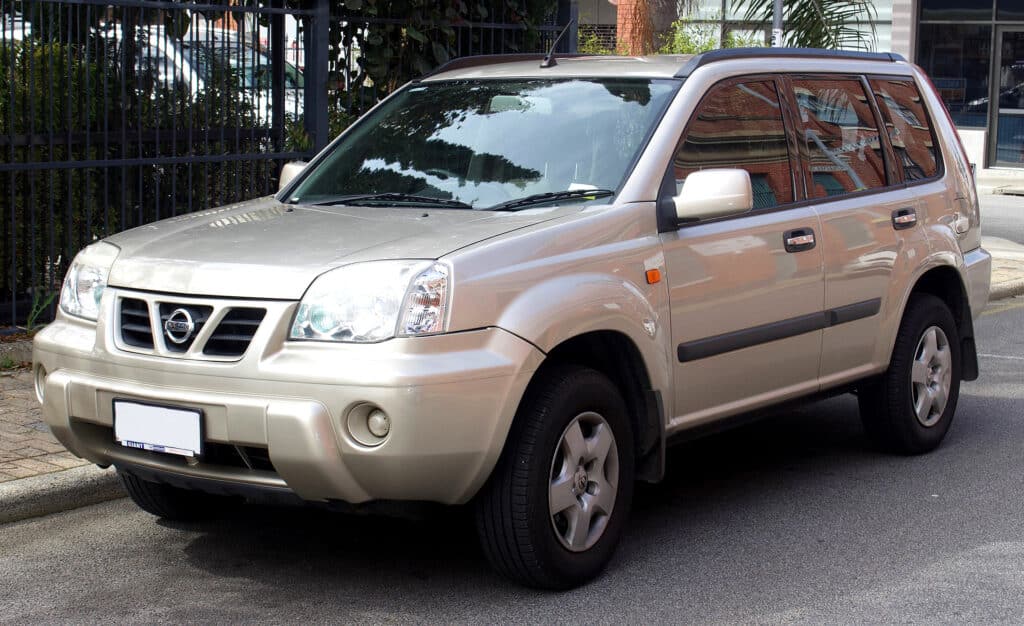As you probably know, Nissan’s SR20 engine was sold in several different variants, with its turbocharged avatar being a favorite among enthusiasts.
The SR20DET, as it’s officially called, is a common choice amongst tuners looking for engine swap options that allow for maximum tuning potential and aftermarket support.
However, there is a relatively lesser-known SR20 turbo in Nissan’s stable. Offered exclusively to the Japanese domestic market, the SR20VET is another Nissan 4-pot that’s incredibly similar to the DET.
It’s called the SR20VET, there’s a lot more to this motor than just rebadging the engine code. The SR20VET features what Nissan calls NEO VVL, which is pretty much the same as variable valve timing and lift control.
But the real question is, what makes it unique? Why isn’t the SR20VET motor as popular as its DET cousin? In this article, that’s what we’ll discuss, along with specs, reliability, and swap info.
SR20VET: Specs
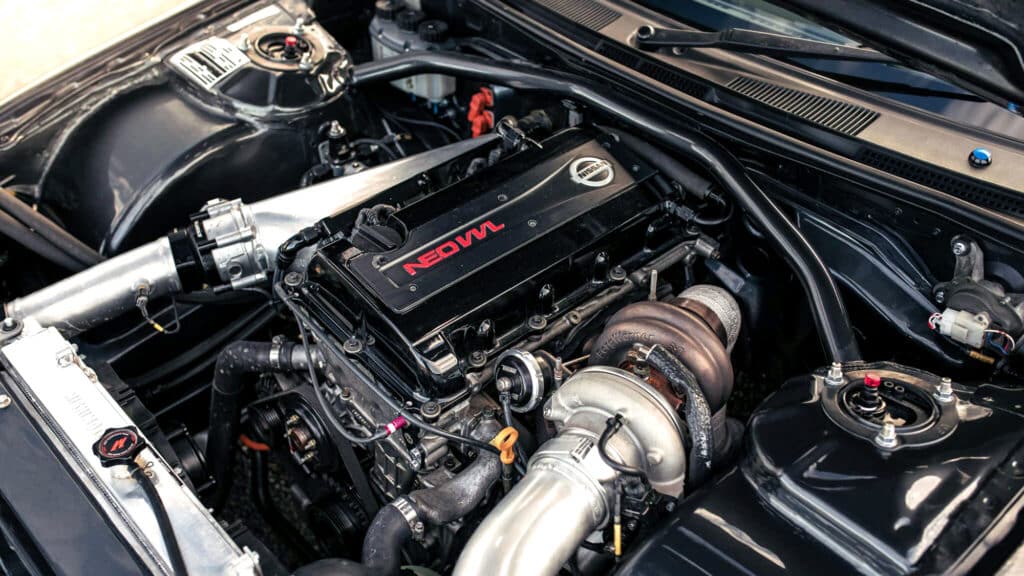
- Engine code: SR20VET
- Production: 2001-2007
- Layout: Inline 4-cylinder turbo DOHC 16V
- Displacement: 2.0L (1,998 cc)
- Fuel system: Electronic Fuel Injection
- Cylinder bore: 86 mm (3.39″)
- Piston stroke: 86 mm (3.39″)
- Compression ratio: 9.0:1
- Power: 276 hp at 6,400 rpm
- Torque: 238 lb-ft at 3,200 rpm
- Firing order: 1-3-4-2
The SR20VET shared a lot of its internal specs with the SR20DET engine. While the bore and stroke remained similar between the engines, the VET’s compression ratio was bumped up to 9.0:1.
Both engines share the same DOHC 16V design and feature electronic fuel injection with an all-aluminum construction.
However, the most noticeable change in the VET was the adoption of NEO VVL — Nissan Economy Oriented Variable Valve Lift and Timing.
While the SR20VET was not the first engine to receive the technology, that honor goes to the non-turbo SR16VE. It is, however, the most powerful Nissan motor ever to use the VVL system.
The SR20VET made 276 hp and 238 lb-ft of torque from its turbocharged four-pot arrangement.
Another interesting thing to note is that the SR20VET was only ever available in a single vehicle, and it’s not a Silvia or some kind of sports coupe.
The car in question is the 2001-2007 Nissan X-Trail GT, an SUV exclusive to the Japanese domestic market. This should explain why the SR20VET is not as common as its DET cousin.
As you can probably tell, the SR20VET is not just a naming exercise or simply a DET with VVL. But really, how different are they? Are there any significant differences that warrant using one over the other? Here’s what we found.
SR20VET vs SR20DET
Popular in the drift scene and considered by many to be the best high-performance Nissan engine, the SR20DET belongs to the same SR-family of straight-4 engines that powered several sport compacts from Nissan’s stable.
The SR20DET, as you may know, had multiple iterations visually identified by the engine cover.
Even in its higher-spec Red Top variant, the SR20DET made less horsepower (250 hp) than the VVL-equipped SR20VET. The former is also down on torque in contrast to the turbocharged 20V.
As mentioned earlier, the SR20VET featured variable valve timing, which the early DETs did not have.
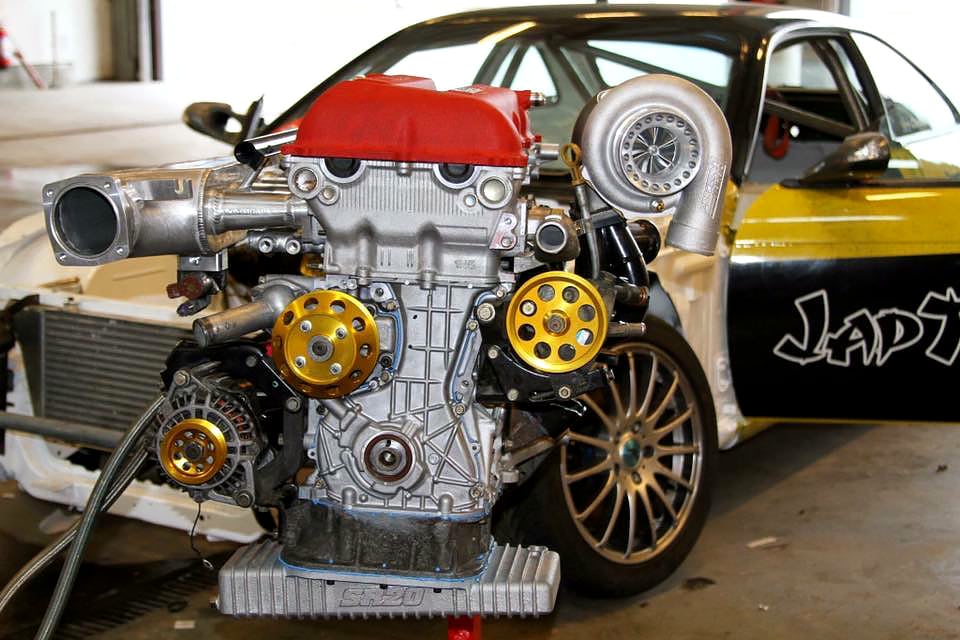
Later versions of the SR20DET did feature Nissan’s Variable Timing Control (VTC) but only on the intake side. Unlike VVL, VTC does not alter the valve lift and duration.
Apart from the VVL technology, the SR20 twins differ quite a bit in how they operate. For one, the SR20VET has a higher compression ratio compared to the DET.
Additionally, the turbocharged 20V has different coolant passages and improved airflow thanks to a revised cylinder head design.
Also, earlier versions of the SR20DET featured a Garett T25G turbo and the later ones got the T28, while the SR20VET was equipped with a Garett GT2560LS.
With that out of the way, let’s discuss the SR20VET’s reliability and how receptive it is to mods and upgrades.
How Reliable Is the SR20VET?

While information regarding the SR20VET is scarce, there’s no reason to doubt the engine’s dependability.
Judging by how the difference between SR20DET and SR20VET isn’t too stark, we reckon the engine is as solid as it gets.
But on the flip side, keep in mind that SR20s are interference engines. So if the timing chain snaps, you’re looking at catastrophic engine damage.
Of course, the 20V makes noticeably more horsepower than the DET. But what Nissan has done to the SR20VET is nowhere near the actual potential of an SR20 engine block.

We know how robust the SR20’s stock block is, at least if you’re responsible with your mods.
While some owners have found the aluminum block to warp, it’s generally not that common of an issue, especially if the engine’s not pushing more than 400 hp.
That said, crazy horsepower numbers are possible with an SR20, provided you upgrade the internals.
Forged pistons, rods, sleeves, quality gaskets, and intercoolers are worth taking a look at, making this a convenient segue into discussing the SR20VET’s tuning potential.
Nissan SR20VET Swap Info and Tuning Potential
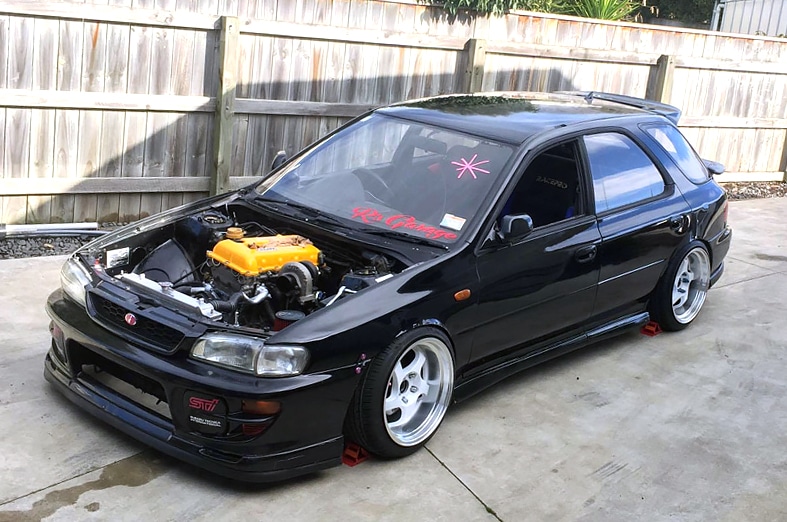
It’s not impossible to source an SR20VET for a swap, but the engine is relatively rare and expensive compared to the DET.
As mentioned, you can pull off insane numbers from an SR20VET, but it all depends on the intent and how much you’re willing to spend.
For a fun daily driver, anything around 350 whp is plenty. You can push another 50-70 horses without straining the internals. But it’s ideal if you upgrade the cooling system, head-studs, and gaskets, just to be on the safer side.
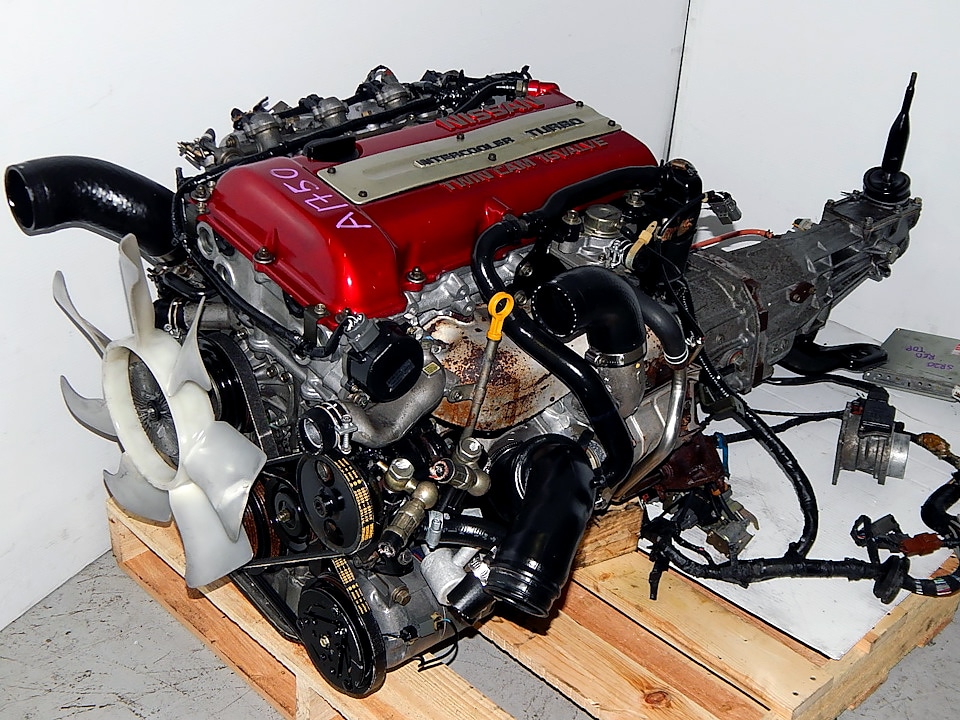
There are, however, builds exceeding 600 whp, especially in the drifting community. But these tend to be pretty comprehensive, with mods ranging from valvetrain upgrades to billet engine blocks, aftermarket crankshafts, and twin-scroll turbos.
Perhaps a more rational approach, budget-dependent, of course, is to keep it simple and start with basic mods like air intakes, injectors, and a catback or axle back exhaust system.
Concluding Thoughts on the SR20VET
Clearly, the SR20DET is the better, more popular choice when it comes to engine swaps. But if you’re someone who likes unique engines then the SR20VET is definitely worth considering.
And remember, if you don’t need all that power and prefer the simplicity of a naturally aspirated engine, Nissan’s SR20VE NEO VVL is an option as well.
What are your thoughts on the two motors? Would you pick one over the other? Leave a comment to tell us why.
If you find this article helpful, please share it with your friends on Reddit, Facebook, or your favorite car forums. We appreciate your support!


